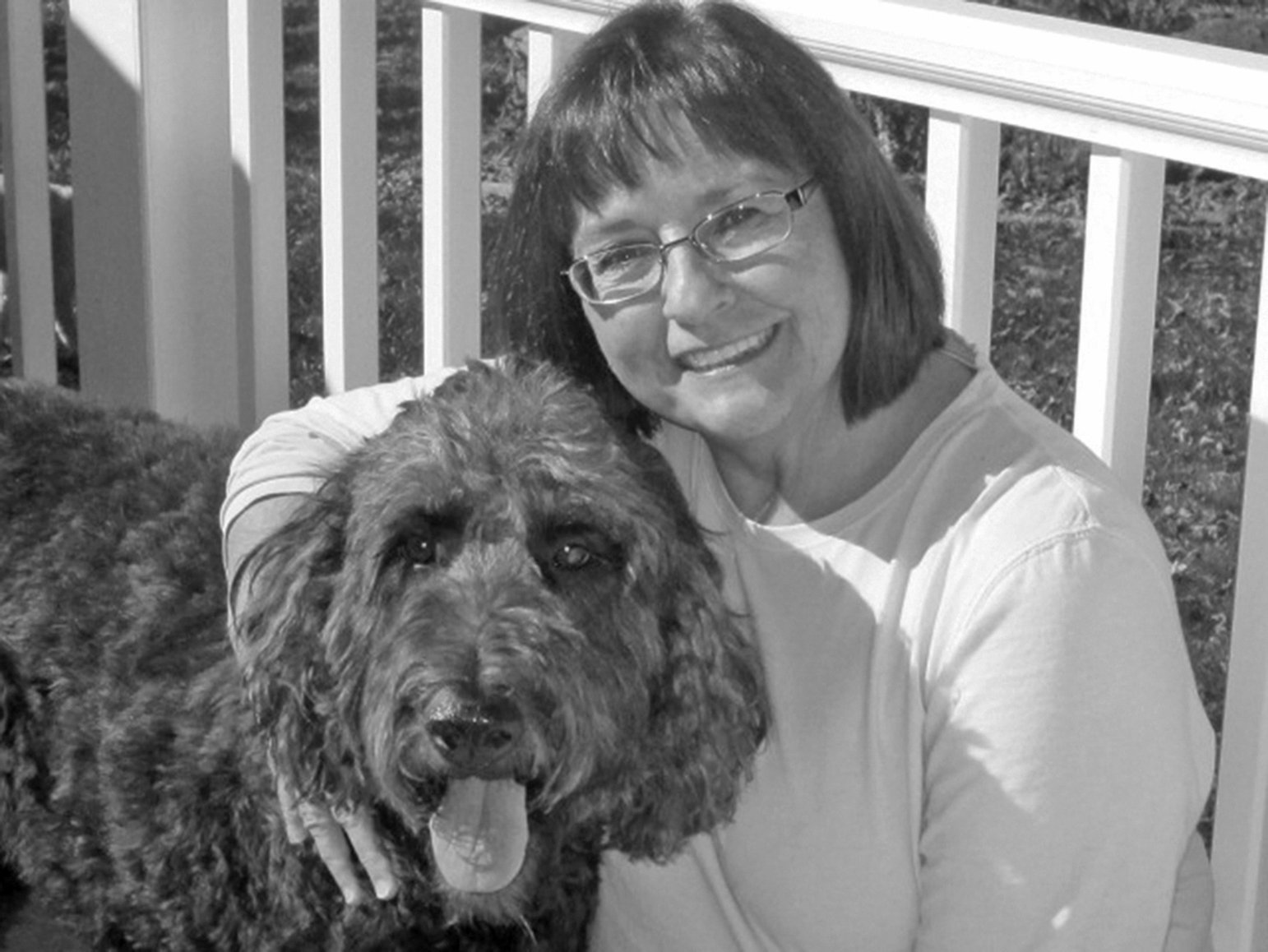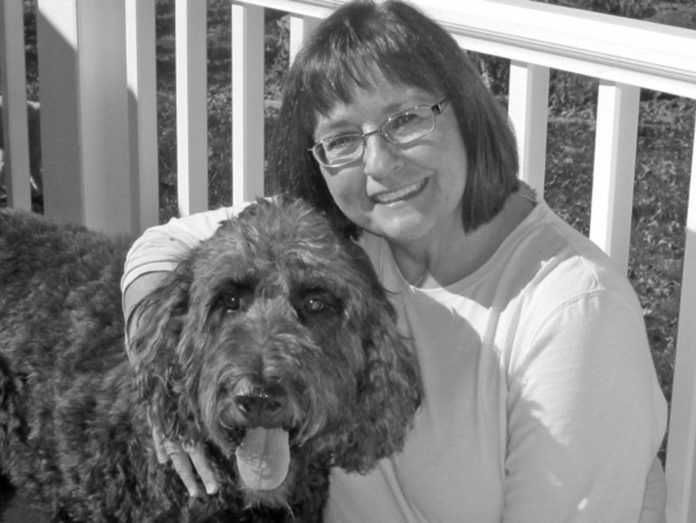
“Dog owners are generically worried about anesthesia and surgery,” says John Berg, DVM, a veterinary surgeon at Tufts. “But they tend to be specifically worried about chest surgery. When you open the chest cavity, the dog can’t breathe on his own and has to be on a ventilator, which understandably scares people. Also, chest surgery is usually about the heart or lungs, organs that are important to life on a second-by-second basis. As a result,” Dr. Berg says, “we encounter people who say, after we tell them a chest surgery is called for: ‘Opening the chest — I don’t feel comfortable with that.’
“But most dogs that have the common chest surgeries we do come through them just fine,” Dr. Berg comments. “If I had to guess what our number-one chest surgery is, I’d say removal of lung tumors. Other big ones would be removal of masses in the chest; removing a little bit of a leaking lung to cure a life-threatening condition called spontaneous pneumothorax; and removal of the pericardial sac that surrounds the heart when it’s diseased. In addition, sometimes we have to eliminate the root cause of a chest infection — perhaps a migrating porcupine quill that has made its way into the chest cavity.”
Dogs who have chest surgery definitely need more support and attention their first two days after the operation than dogs who have many other kinds of surgeries, Dr. Berg makes clear. “They have to be monitored 24/7 for two to three days to make sure they’re breathing okay and that there’s no fluid accumulating in the chest. We also need to make sure that their dose of pain medication is adequate to make them comfortable but isn’t suppressing their breathing too much.” But even with those extra precautions, he says, virtually all dog owners, when informed of chest surgery’s relative safety versus the alternative of doing nothing, become comfortable enough with the idea to proceed.
Anxiety surrounding abdominal surgery
While chest surgery creates the lion’s share of fear in dog owners, many also worry about abdominal surgery, which is necessary for reaching a multitude of organs, including the liver, spleen, stomach, intestines, kidneys, ureter, bladder, adrenal glands, and in a female, uterus and ovaries. Owners often recall their own or someone else’s abdominal surgery, which resulted in tenderness long after the operation.
Their memories serve them correctly. It can take six weeks, often longer, for a person to be able to walk again without pain after an operation in which the abdomen is opened to get to a particular body tissue. But that’s not the case for a dog who undergoes abdominal surgery. It’s all in the math.
When a person stands up to walk, he has only two legs on which to balance and must use his abdominal muscles to keep from tipping over —no easy feat if you’ve just had your abdomen opened and then stitched closed. But a dog walks on four legs, so the balancing act is kept in the limbs rather than being shared by the limbs and abdomen. Dogs that have had abdominal surgery are up and about quickly, usually walking the day after the surgery and back to their normal gait well within a week. As a matter of fact, the usual challenge for owners after abdominal surgery is to adequately restrict their dog’s activity for the first two weeks in order to allow the healing process to begin. Encouraging activity is typically a non-issue.
Merleen Mills knows this firsthand. When her “sweetie,” Jack, a 6-year-old Labradoodle rescue, had abdominal surgery to remove a benign mass from his liver that was the size of a small cantaloupe, his incision was about 10 inches long. But two days after the operation “his tail was wagging,” Ms. Mills says, “and he climbed up into the car on his own. He was even able to go up the stairs on his own once I brought him home,” she recounts, to sleep in his usual spot on the floor next to her bed. Only two weeks later he wanted to walk and play in the snow. “He would have run if we let him,” Ms. Mills comments. “If you didn’t know he had had surgery, you wouldn’t be able to tell except that he was shaved.”
“It was hard” to decide to put Jack through the operation, Ms. Mills says. Although the doctor (who happened to be Dr. Berg) said the tumor would grow and possibly start putting pressure on his heart and lungs, “there was no evidence that it was bothering him.”
But she’s very glad she followed through. “He has really bounced back much more quickly than any people I know with that kind of abdominal surgery,” she comments. “He was amazing.”





